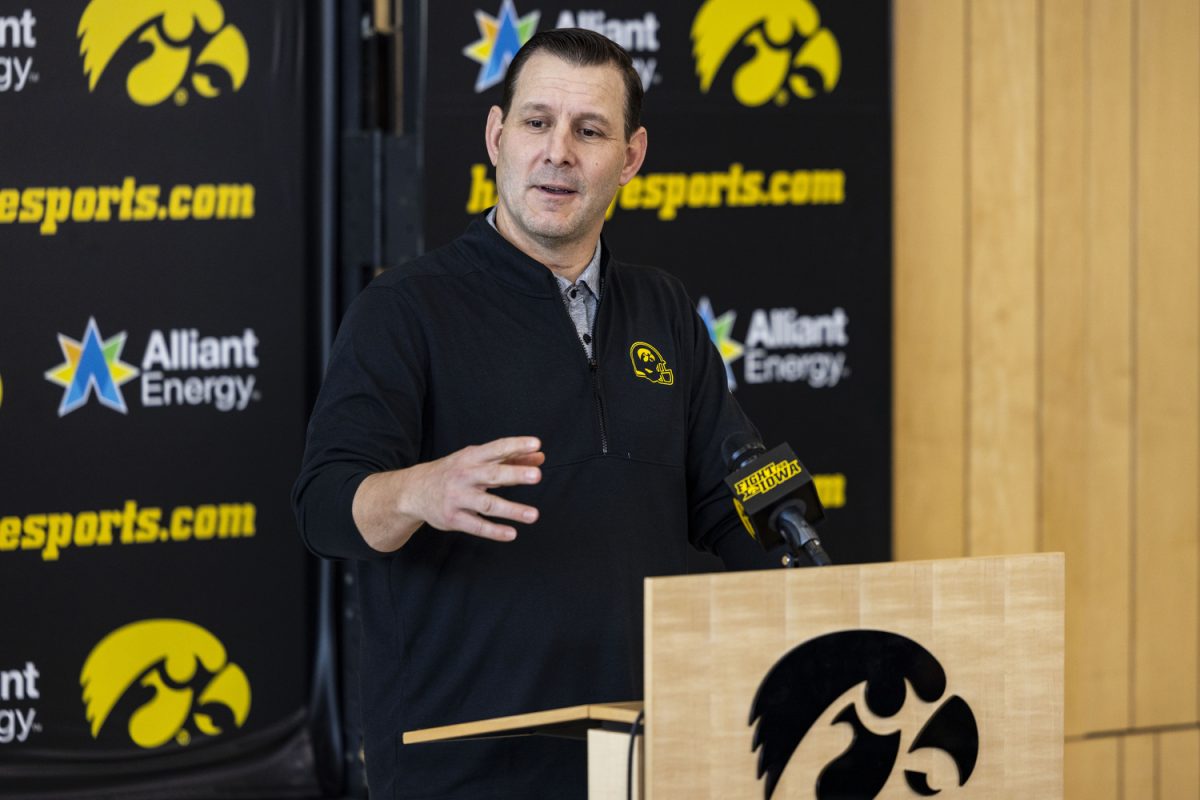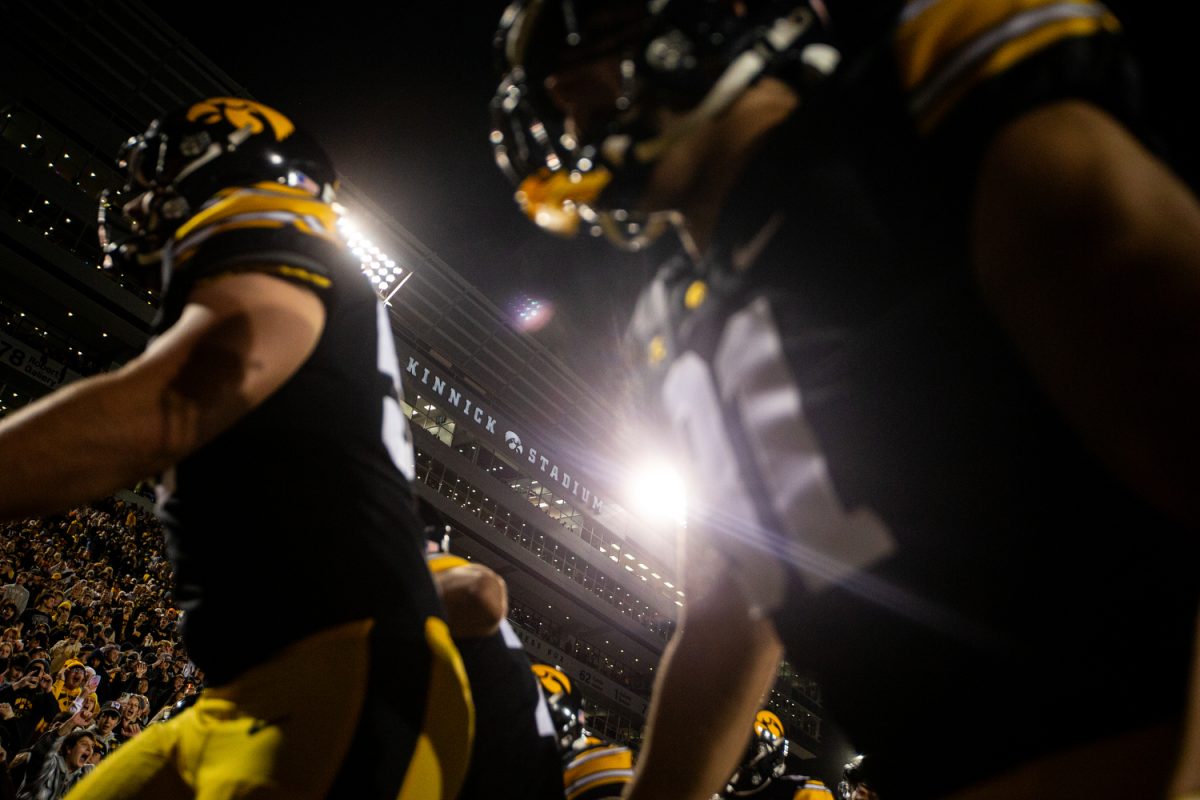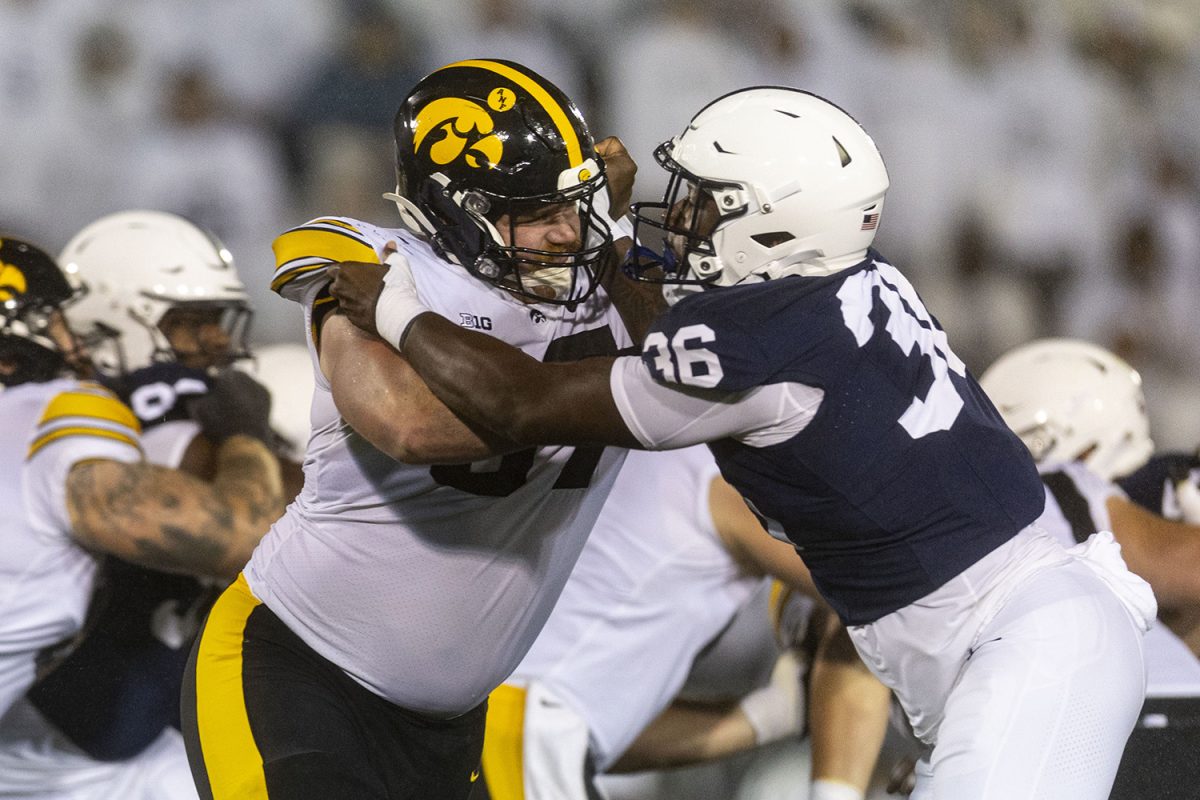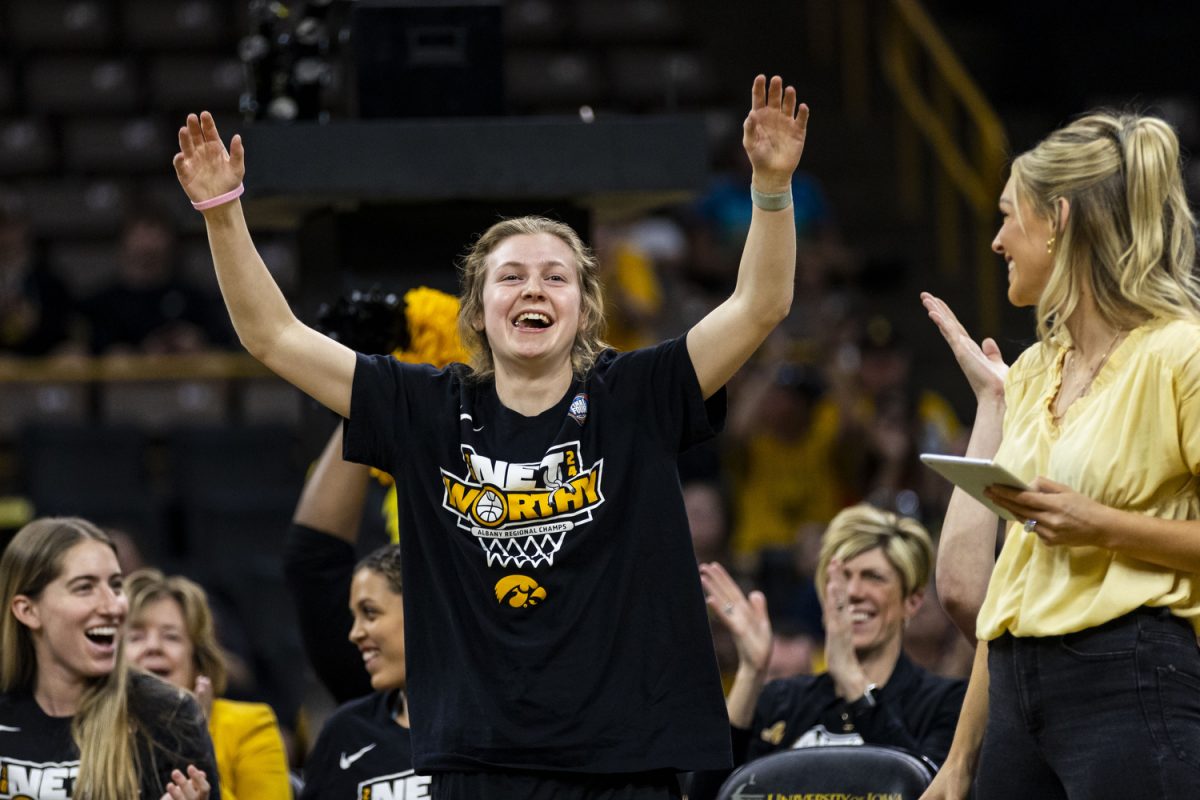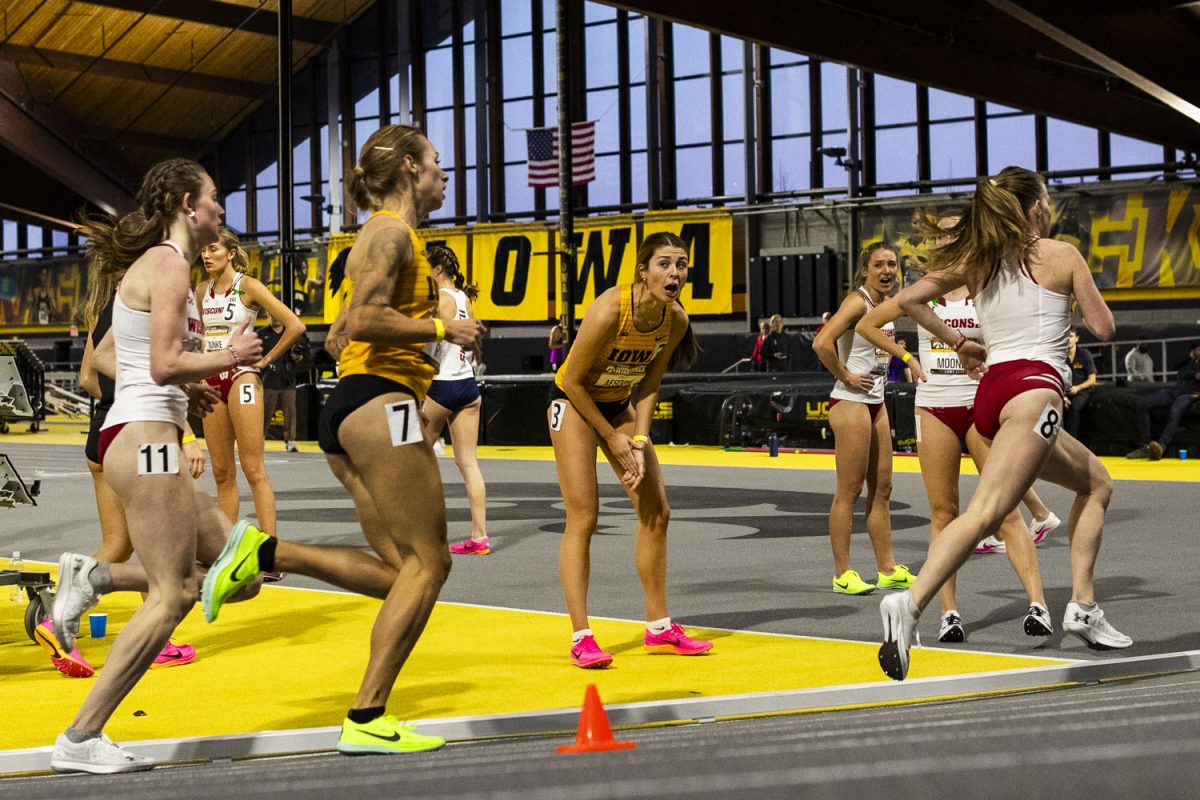By Jordan Hansen
After Iowa receiver Matt VandeBerg went down with an injury, running back LeShun Daniels Jr. had an acute observation.
This is paraphrasing, but basically, he said Iowa needed to be better on first and second down in order to avoid third and long situations. VandeBerg was often quarterback C.J. Beathard’s first choice on third down and without him, one of the Hawkeyes’ safety nets was gone.
He was right. Iowa has had more third downs in its last two games and is converting fewer of them. Why? Let’s take a look.
First-down rushing average: 5.9 yards
At first glance, this seems like a good thing.
If every second down was 4.1 yards, Hawkeye head coach Kirk Ferentz would be a very happy man. However, this stat is a little misleading, so let’s break it down further.
Akrum Wadley and Daniels are Iowa’s two main workhorse backs. Wadley has 7 rushes of 10 or more yards and three that have gone over 20, with a long of 54. Daniels is comparable, with 8 rushes of 10 or more yards and 2 that have gone more than 20, with his longest rush coming as a 43-yarder.
Take out those two long runs, and Iowa’s first-down rushing average drops to 5.27 yards per attempt. Those are outliers and need to be treated as such.
For the sake of argument, let’s dig even deeper. Pulling out 10- and 20- yard runs (for the sake of easy calculations, I’m treating the 10-yard plays as just 10 yarders), the Hawkeyes are only averaging about 4.3 yards on first down.
For reference, Iowa has had 105 opportunities to run on first down. Take out the 20 “big plays,” and you’re left with 85 rushing plays. It’s those 85 plays that Iowa is averaging around 4.3 yards on.
Basically, Iowa has put itself in a lot of second-and-long situations, where Iowa loves to pass.
Second-down passing average: 6.24 yards
Like with the rushing yardage, on the surface this doesn’t seem to be a huge deal.
Iowa has called 50 pass plays on second down, completing 31 of those passes for 312 yards and 2 touchdowns.
Not bad numbers, but consider this: of those 50 attempts, only 15 have gone for first downs, meaning that 16 of those passes haven’t gotten a first down and 19 went incomplete.
This matters, because it causes problems on third down. Iowa has called 42 third-down pass plays but has just 12 first downs to show for it. Even worse, 13 balls were caught short of the marker and 16 simply went incomplete.
Iowa is just 28-of-76 on third down (36.84 percent), the 10th-worst mark in the league. Last season, the Hawkeyes had the fourth-best third-down percentage in the conference, getting a first down 41.67 percent of the time.
Certainly not ideal.
First-down passing: 8.67 yards per attempt
Now this is slightly better news for the Hawkeyes.
Of the 57 times Beathard passes on first down (and three times Nate Stanley has) Iowa has gained 520 yards and 17 first downs, with 25 incompletions.
Considering Iowa rushes on first down about twice as much as it passes, play action has worked and should continue to do so. However, the problem comes in the 25 incompletions and 15 plays that haven’t gone past the sticks.
Usually on first down passing, the idea (in many offenses) is to run routes that go past the markers. It’s a risk to throw on first down, because if it doesn’t work out, a team is stuck in a second-and-10 situation that is often hard to get out of.
Throw in the penalties, dropped pass, and a general lack of wide-receiver separation and the issue with the Hawkeye offense is fairly clear.
Iowa is putting itself in holes that it can’t always fight out of. This changes field position, time of possession, and the amount time the defense has to spend on the field.
Those all contribute to increased chances for other teams to score and decrease the Hawkeyes winning percentage.





